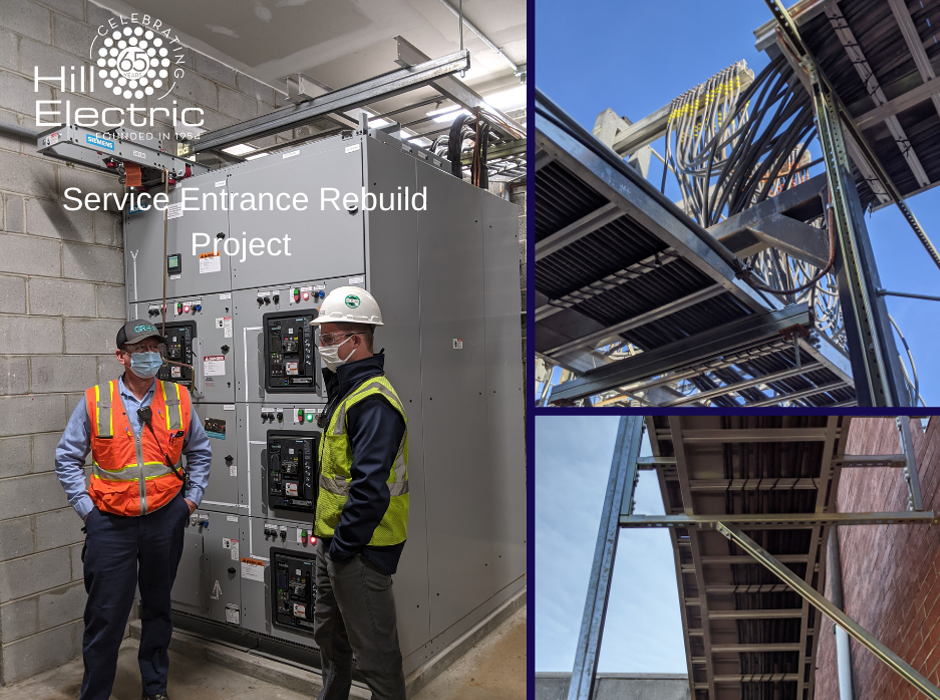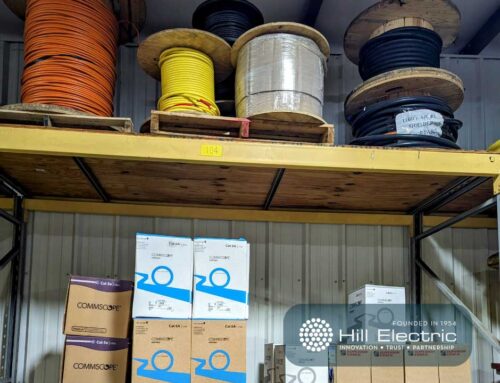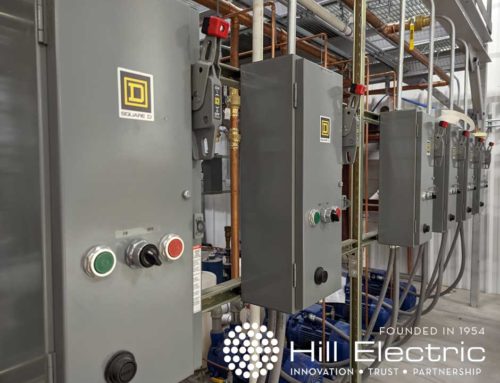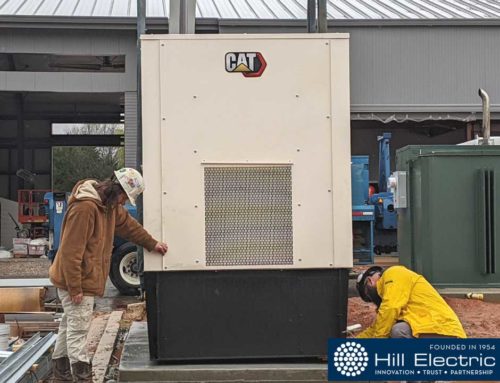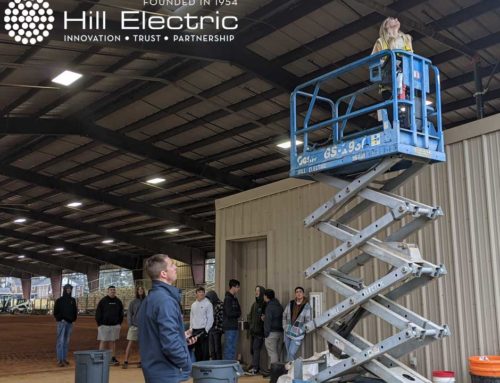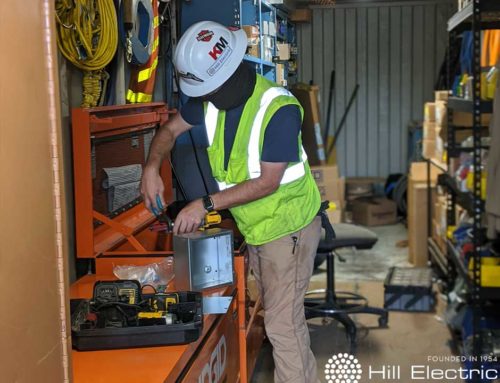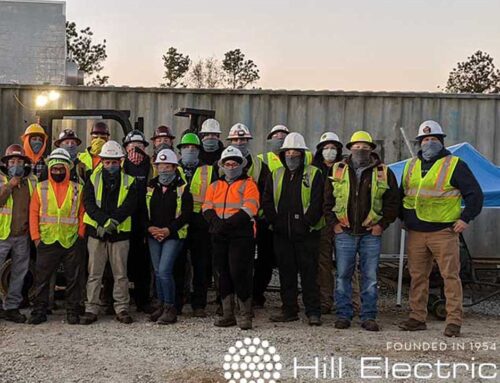As we’ve seen in the past two blogs (seen Preparing For A Shutdown and A Detailed Look Inside A Shutdown those who missed them), a shutdown is a necessary element of manufacturing that allows a manufacturer to update equipment, install new technology, perform equipment maintenance or service existing equipment. By “shutting down” operations for the duration of the project, companies can ensure that all operations are up-to-date, correct, and functional in a planned and coordinated method.
But how do you know if a shutdown was successful? Far from the question of “is everything working,” there are a few qualifications we can examine to determine how a shutdown actually went.
Shutdowns should be painless
Aside from the inherent worry of shutting any manufacturing process down for any length of time, a successful shutdown should be so well-organized and so well-thought-out that it should be relatively painless for the customer. From organizing a highly-efficient timeline that takes advantage of every available moment, to managing hiccups along the way (and creating space for them within the timeline and the process) and defining the roles and desired outcomes clearly, a shutdown should run like a well-oiled machine.
There should be zero issues once the shutdown is complete
Issues and hitches are always possible—from a machine not working the way it was expected to, to weather or shipping delays—but once a shutdown is considered complete and everyone has signed off, all machines, processes and systems should be up and working with no complications afterward. This means that each successful shutdown needs to have a plan in place for extensive quality control and testing, to ensure that everything is working according to plan. In short, a sign off should mean that the job is truly complete and the company is ready to get back up and running.
The customer should be satisfied with the outcomes
Firstly, the customer should sit down with the contractor and clearly define the outcomes, with everything laid out—preferably in writing. Once the outcomes have been assessed and the necessary allocations have been made, a timeline and plan of action can be put into place. With both sides working toward the same goals, it should be inevitable that the outcomes—when achieved—are correct. Likewise, if there is a challenge that crops up along the way, it should be fully discussed and expectations should be managed so that both sides—the company and the contractor—can agree on the end game and what success looks like.
There should be future planning in place
With every shutdown, there should also be a glance forward in time to determine when the next shutdown will be needed, and what it should accomplish. Even if there aren’t any hard-and-fast plans put into place, the company and the contractor should set a follow up plan that will allow both to move forward with the same expectations.
By looking at what defines success in shutdown situations in these ways, we can ensure that not only are the final outcomes achieved, but that both the company and the contractor can build upon their relationship for the future.
“At Hill Electric, it is always our goal to do whatever necessary to ensure a successful shutdown for our customers,” says Casey Johnson, Director, Estimating and Project Management. “It’s critical to us that our customers trust us and our expertise, but also trust the processes that we put in place during a shutdown. It is this trust that leads to ongoing partnerships that are worth their weight in gold.”

